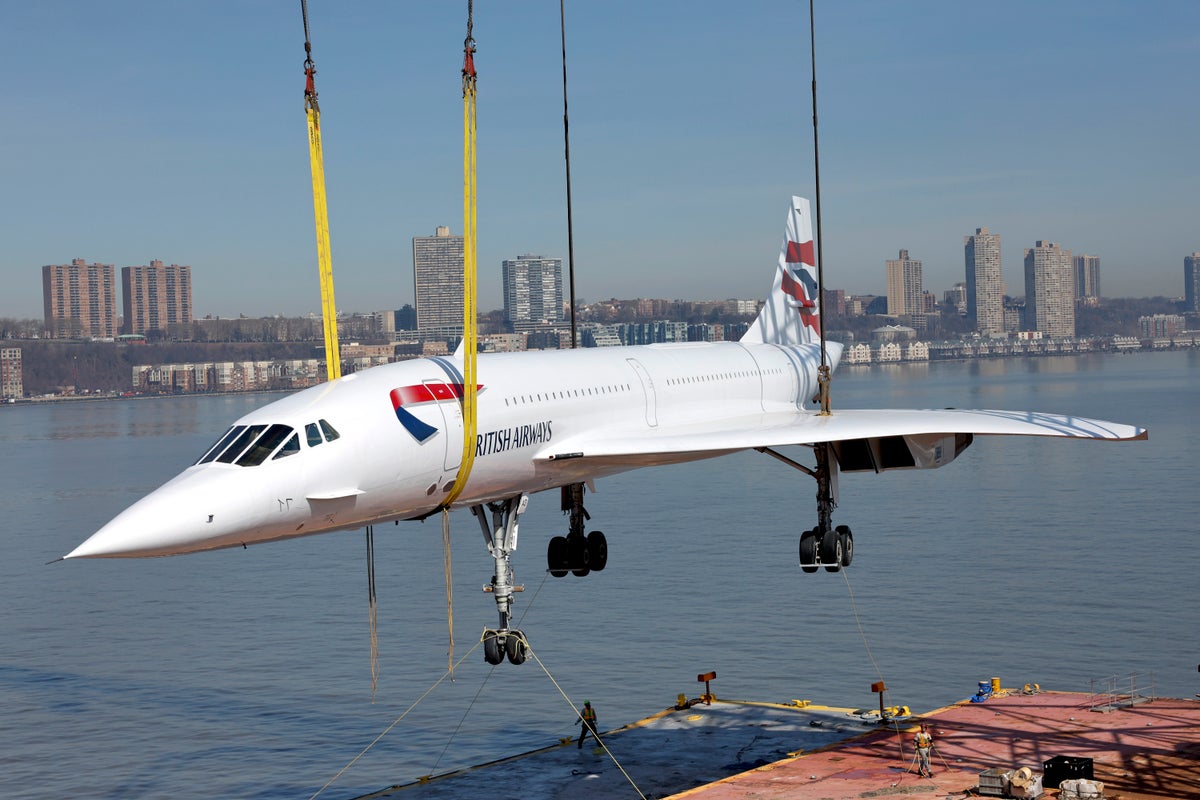Now Reading: Supersonic Planes May Return to U.S. Skies After Decades-Long Ban
-
01
Supersonic Planes May Return to U.S. Skies After Decades-Long Ban
Supersonic Planes May Return to U.S. Skies After Decades-Long Ban

Quick Summary:
- U.S. lawmakers are proposing the “Supersonic Aviation Modernization Act” to lift a 1973 ban on non-military supersonic flights in civilian airspace.
- The bill is backed by senators and representatives from both political parties, including republican Sen. Ted Budd and Democratic Rep. Sharice Davids, among others.
- boom Supersonic, supported by United Airlines, Japan Airlines, and venture capitalist Sam Altman, aims to bring supersonic jets into civilian use with designs that reportedly minimize sonic booms reaching the ground.
- These planes consume at least twice as much fuel per passenger compared to conventional commercial aircraft under current development standards. Using enduring aviation fuel (SAF) could mitigate emissions but presents economic challenges due to high fuel costs and increased consumption rates at supersonic speeds.
- NASA is developing supersonic jets that produce softer “thumps” rather of audible sonic booms; global regulatory updates are also being considered by organizations like the UNS International Civil Aviation Association (ICAO).
- Environmental analysis suggests potential demand for these aircraft could rise significantly if bans are lifted – from approximately 12 currently envisioned models to over 240 in major markets such as the U.S.
Indian Opinion Analysis:
The push for legalizing commercial supersonic flights reflects demand for advanced transport innovation but raises complex environmental challenges due to higher fuel consumption rates and elevated greenhouse gas emissions associated with breaking sound barriers. While Boom Supersonic plans offer theoretical advantages like faster travel times globally-an area India may find appealing given its economic growth-the feasibility of widespread adoption depends on cost-effective implementation of sustainable fuels like SAF, which remain expensive at present.
For India specifically, developments in international air travel innovations can impact connectivity demands between Tier-I cities or emerging hubs like bengaluru as part of broader global trade integration trends while monitoring aviation-related carbon goals aligned with net-zero policies may emerge crucial especially-bound CAP alignment pathways . Sustainable innovation without disproportionate environmental burden will poised critical role players closeringly Align Broad perception curated




























